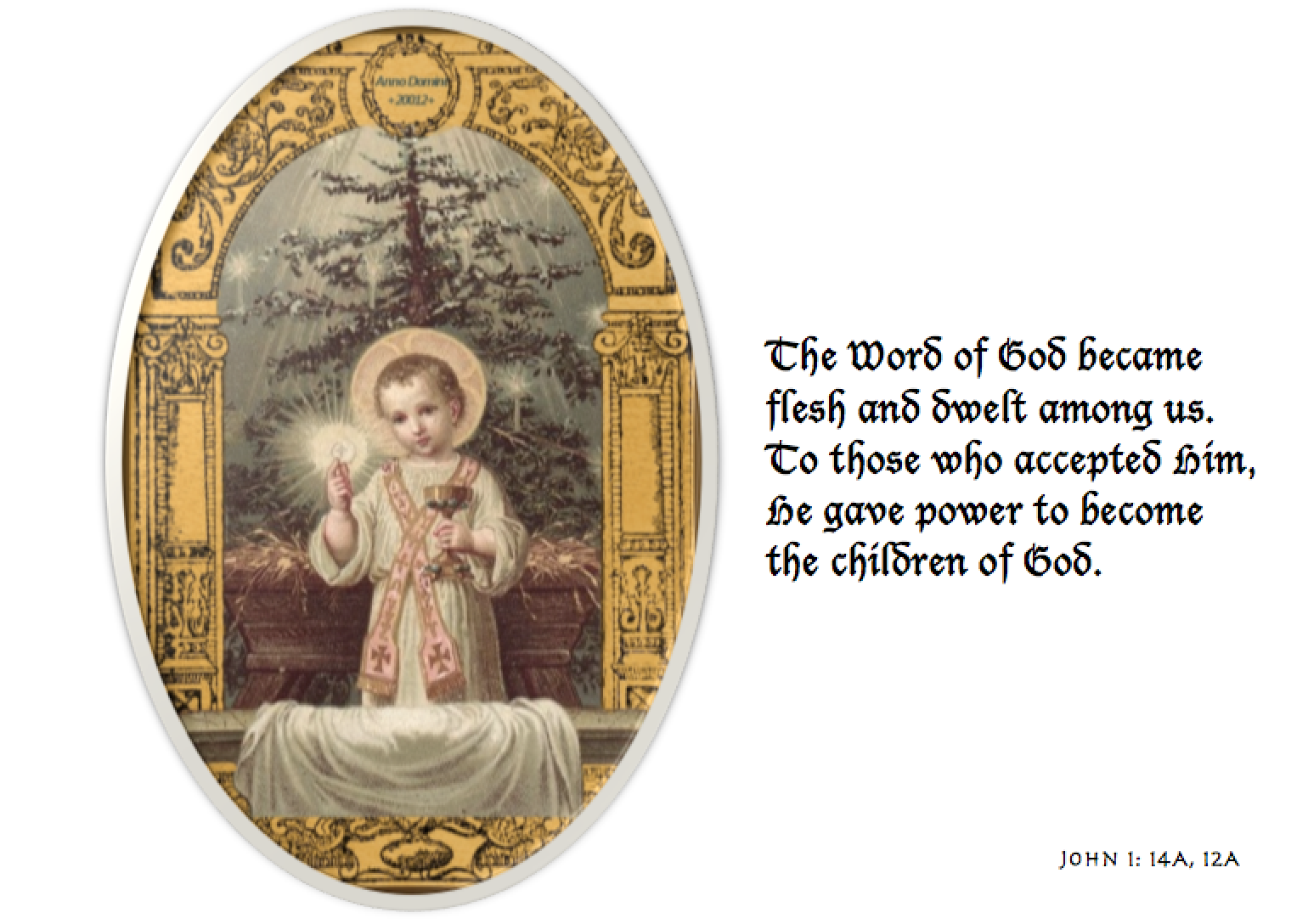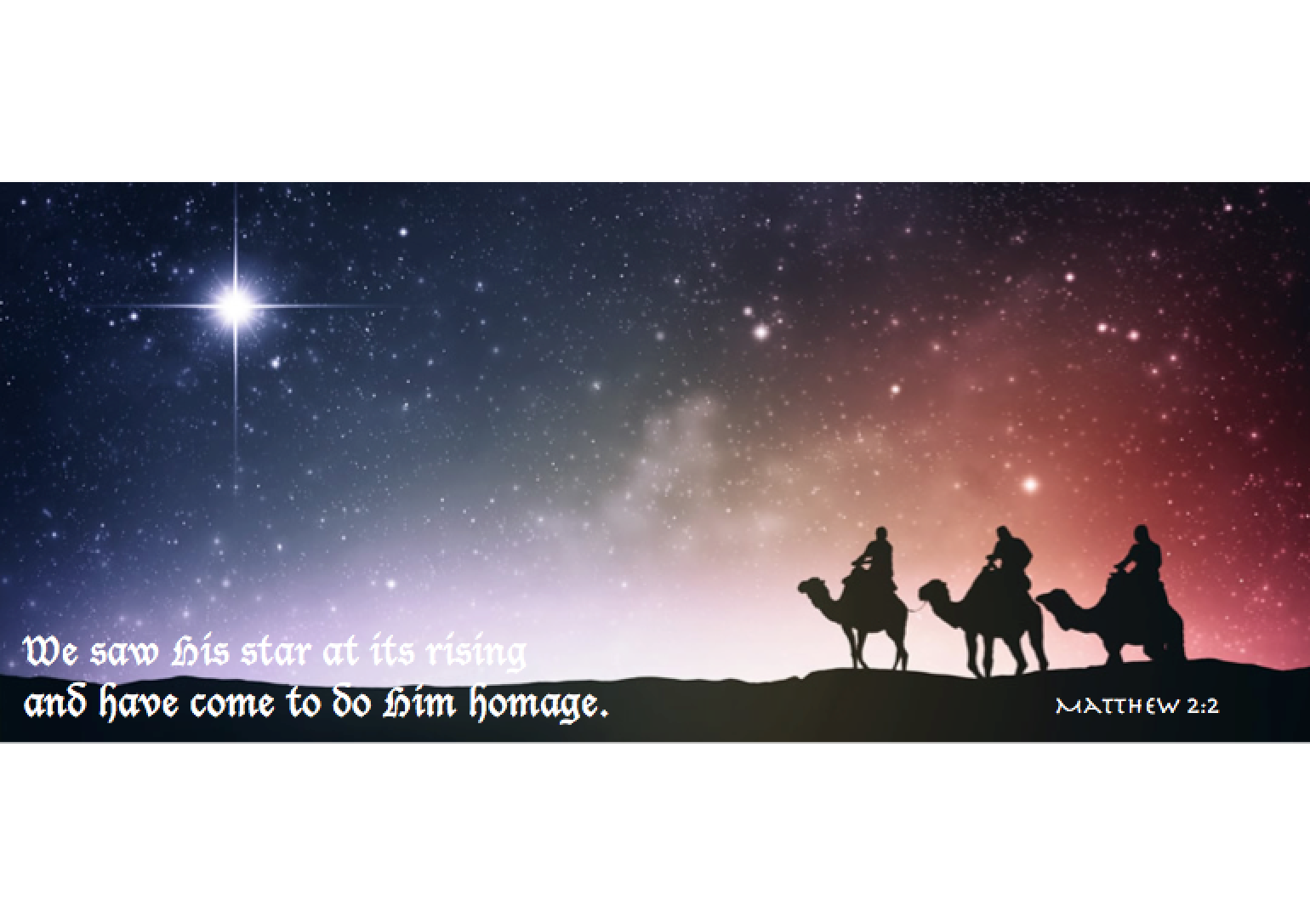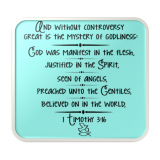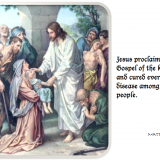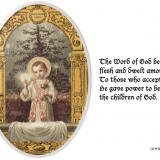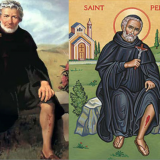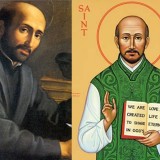Apr 16 2022 Reflection
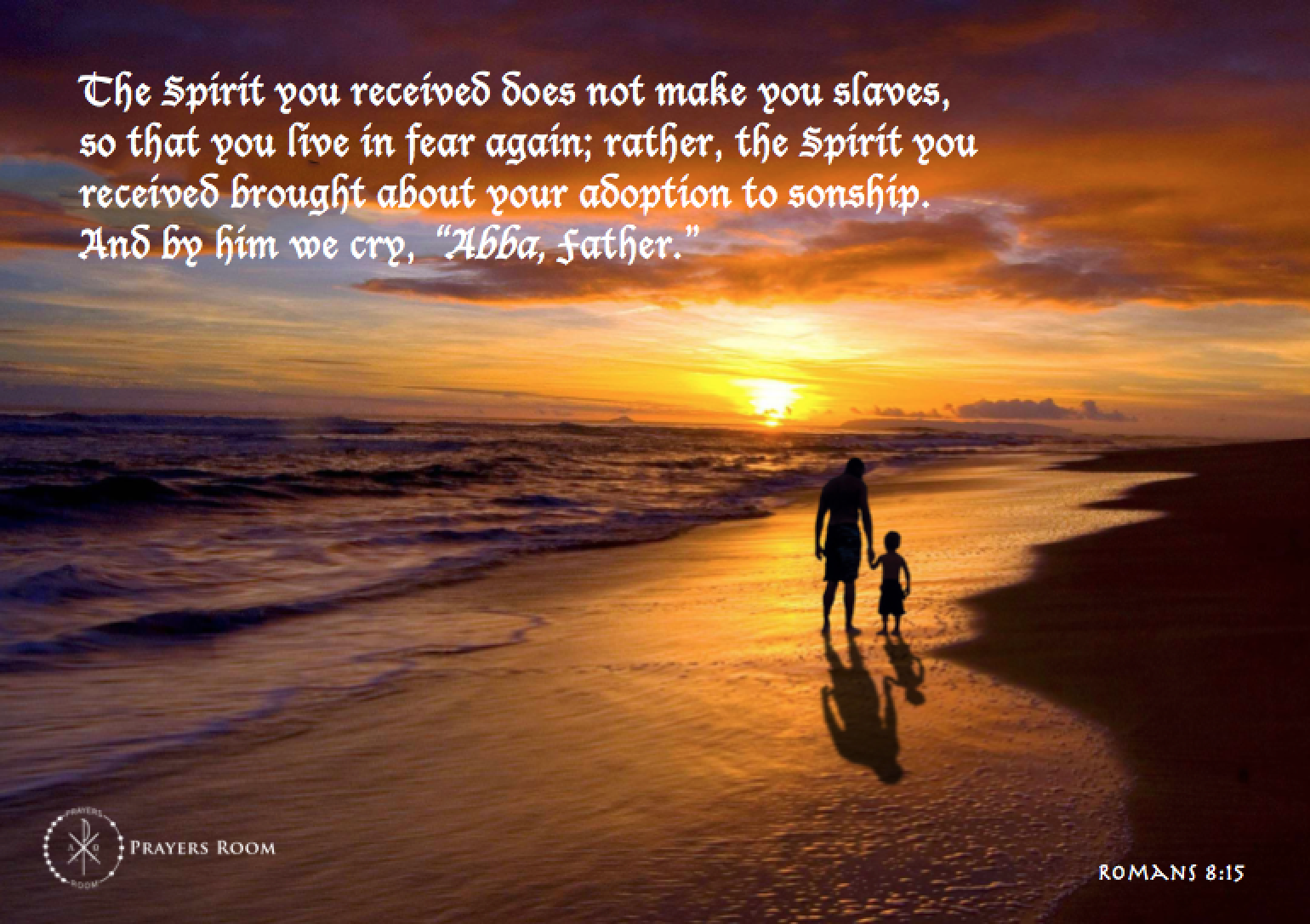
Saturday 16 April 2022
First Reading: Gn 1:1—2:2
Responsorial Psalm:
Alleluia, alleluia, alleluia.
Ps 118:1-2, 16-17, 22-23
Second Reading: Gn 22:1-18
Gospel Reading: Lk 24:1-12
Today’s Note: Easter Sunday The Resurrection of the Lord
Gospel Reading:
At daybreak on the first day of the week
the women who had come from Galilee with Jesus
took the spices they had prepared
and went to the tomb.
They found the stone rolled away from the tomb;
but when they entered,
they did not find the body of the Lord Jesus.
While they were puzzling over this, behold,
two men in dazzling garments appeared to them.
They were terrified and bowed their faces to the ground.
They said to them,
“Why do you seek the living one among the dead?
He is not here, but he has been raised.
Remember what he said to you while he was still in Galilee,
that the Son of Man must be handed over to sinners
and be crucified, and rise on the third day.”
And they remembered his words.
Then they returned from the tomb
and announced all these things to the eleven
and to all the others.
The women were Mary Magdalene, Joanna, and Mary the mother of James;
the others who accompanied them also told this to the apostles,
but their story seemed like nonsense
and they did not believe them.
But Peter got up and ran to the tomb,
bent down, and saw the burial cloths alone;
then he went home amazed at what had happened.
Reflection:
What did the disciples of Jesus discover on the third day of Jesus’ death? On Sunday morning the women who had stood with Jesus when he died upon the cross on Good Friday went to the tomb to pay their last tribute to a dead body. The disciples thought that everything had finished in tragedy. None of Jesus’ followers were expecting to see an empty tomb and hear the angel’s message, “Why do you seek the living among the dead? Remember how he told you, while he was still in Galilee, that the Son of man must be delivered into the hands of sinful men, and be crucified, and on the third day rise” (Luke 24:5-7). The angel urged them to believe that Jesus had indeed risen just as he had promised. This good news was not easy for them to grasp because their hearts were still weighed down with grief and doubt. In wonder they went to share the good news with the other disciples.
Is it any small wonder that it was the women, rather than the apostles, who first witnessed the empty tomb and then the appearance of the resurrected Lord (Matthew 28:8-10; Mark 16:9; John 20:15-18)? Isidore of Seville (560-636 AD), a great teacher and bishop, commented on the significance of the women being the first to hear the good news of the resurrection: “As a woman (Eve) was first to taste death, so a woman (Mary Magdalene) was first to taste life. As a woman was prescient in the fall, so a woman was prescient in beholding the dawning of redemption, thus reversing the curse upon Eve.” The first to testify to the risen Lord was a woman from whom Jesus had cast out seven demons.
What is the significance of the stone being rolled away? It would have taken several people to move such a stone. And besides, the sealed tomb had been guarded by soldiers! This is clearly the first sign of the resurrection. Bede (672-735 AD), a renowned scripture commentator from England, wrote: “[The angel] rolled back the stone not to throw open a way for our Lord to come forth, but to provide evidence to people that he had already come forth. As the virgin’s womb was closed, so the sepulcher was closed, yet he entered the world through her closed womb, and so he left the world through the closed sepulcher” (from Homilies on the Gospels 2,7,24). Peter Chrysologus (400-450 AD), another early church father remarked: “To behold the resurrection, the stone must first be rolled away from our hearts.” Do you know the joy of the resurrection?
It is significant that the disciples had to first deal with the empty tomb before they could come to grips with the fact that scripture had foretold that Jesus would die for our sins and then rise triumphant. They disbelieved until they saw the empty tomb. Bede (672-735 AD) explains why the Risen Lord chose to reveal himself gradually to the disciples:
“Our Lord and redeemer revealed the glory of his resurrection to his disciples gradually and over a period of time, undoubtedly because so great was the virtue of the miracle that the weak hearts of mortals could not grasp [the significance of] this all at once. Thus, he had regard for the frailty of those seeking him. To those who came first to the tomb, both the women who were aflame with love for him and the men, he showed the stone rolled back. Since his body had been carried away, he showed them the linen cloths in which it had been wrapped lying there alone. Then, to the women who were searching eagerly, who were confused in their minds about what they had found out about him, he showed a vision of angels who disclosed evidences of the fact that he had risen again. Thus, with the report of his resurrection already accomplished, going ahead of him, the Lord of hosts and the king of glory himself at length appeared and made clear with what great might he had overcome the death he had temporarily tasted.” (From Homilies on the Gospels 2,9,25)
One thing is certain, if Jesus had not risen from the dead and appeared to his disciples, we would never have heard of him. Nothing else could have changed sad and despairing men and women into people radiant with joy and courage. The reality of the resurrection is the central fact of the Christian faith. Through the gift of the Holy Spirit, the Lord gives us “eyes of faith” to know him and the power of his resurrection. The greatest joy we can have is to encounter the living Lord and to know him personally. Do you celebrate the feast of Easter with joy and thanksgiving for the victory which Jesus has won for you over sin and death?
Lord Jesus Christ, you have triumphed over the grave and you have won new life for us. Give me the eyes of faith to see you in your glory. Help me to draw near to you and to grow in the knowledge of your great love and power.

